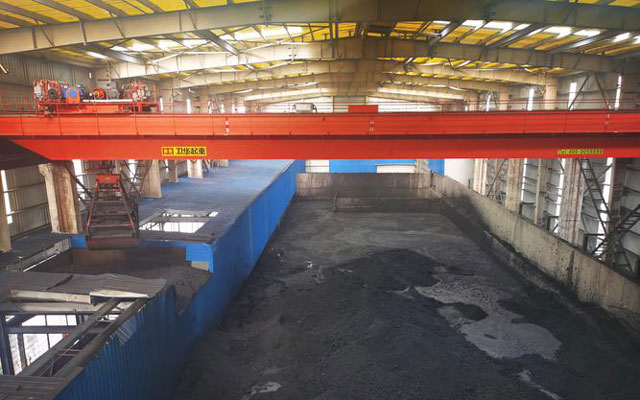
In de bruisende wereld van productie, pakhuizen, scheepswerven, en bouwplaatsen, Bridge -kranen zijn de onmisbare werkpaarden. They lift, move, and position massive loads with precision. But with this immense power comes immense responsibility. Ensuring the safety of personnel, protecting valuable assets, and maintaining operational continuity hinges on one critical practice: rigorous and regular bridge crane inspections.
Ignoring inspection requirements isn’t just risky; it’s illegal and can lead to catastrophic failures, costly downtime, injuries, and even fatalities. This guide breaks down the essential bridge crane inspection requirements you need to know to stay safe and compliant.
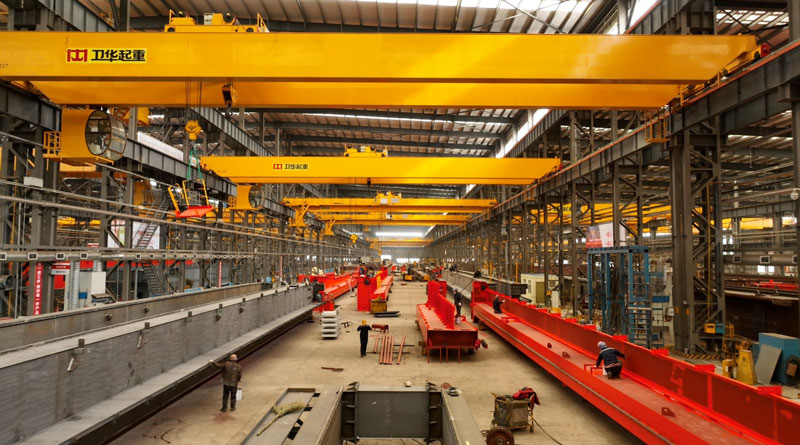
Safety First: The primary goal. Inspections identify worn, damaged, or malfunctioning components before they fail under load.
Regulatory Compliance: Adherence to standards like OSHA (Occupational Safety and Health Administration) 1910.179 in the US, CMAA (Crane Manufacturers Association of America), ASME B30.2 (Safety Standard for Overhead and Gantry Cranes), and similar bodies worldwide is mandatory. Non-compliance results in hefty fines and work stoppages.
Asset Protection: Preventative maintenance through inspections extends the crane’s lifespan and avoids expensive major repairs or replacements.
Operational Efficiency: A well-maintained crane operates smoothly, minimizing unplanned downtime and maximizing productivity.
Liability Reduction: Demonstrating a documented, proactive inspection program is crucial in the event of an incident.

Requirements typically mandate three distinct levels of inspection, each with its own frequency and scope:
1. Initial Inspection:
When: Before first use, after installation, or following any significant modification or repair that could affect safety.
Scope: A comprehensive “birth certificate” check. Verifies the crane was installed correctly, meets all specifications and design criteria, and all components are functional and undamaged. Includes load testing to rated capacity.
2. Frequent (Operational / Daily/Shift) Inspections:
When: Daily or before each shift by the crane operator or designated personnel.
Scope: A visual and functional check for obvious defects or conditions impacting safe operation. Focuses on:
Functional operating mechanisms (controls smoothness, limits working).
Air/hydraulic lines for leaks.
Hooks and latches (deformation, cracks, wear).
Hoist ropes/load chains (reeving, visible damage).
Tires (if applicable).
Safety devices (emergency stop function, audible warning).
Visible structural issues.
Key: Document only deficiencies requiring correction. Fix issues immediately or tag the crane out of service.
3. Periodic (Functional / Monthly to Annual) Inspections:
When: Monthly to Annually (specific intervals depend on crane usage (severity of service), environment, age, and manufacturer recommendations – often monthly for heavy use, quarterly or annually for lighter service). Must be performed by a qualified inspector.
Scope: Detailed examination of critical components, going beyond the frequent inspection. Includes:
Structural: Deformation, cracks, loose bolts in girders, end trucks, runway beams.
Mechanical: Detailed checks of brakes, gears, shafts, couplings, bearings for wear and damage.
Hoisting Mechanisms: In-depth rope/chain inspection (wear measurement, broken wires, distortion), drum/groove condition, hook throat opening measurement.
Electrical: Wiring insulation, contactor/relay condition, collector systems, controller functionality.
Tires/Wheels: Wear, cuts, proper inflation (if applicable).
Runway: Alignment, rail condition (wear, cracks, joint gaps), rail fasteners.
Load Test: Often required annually (especially after repairs/modifications) to verify performance at rated capacity. Proof testing may be required for modified cranes.
Documentation Review: Verifying records of frequent inspections and repairs.
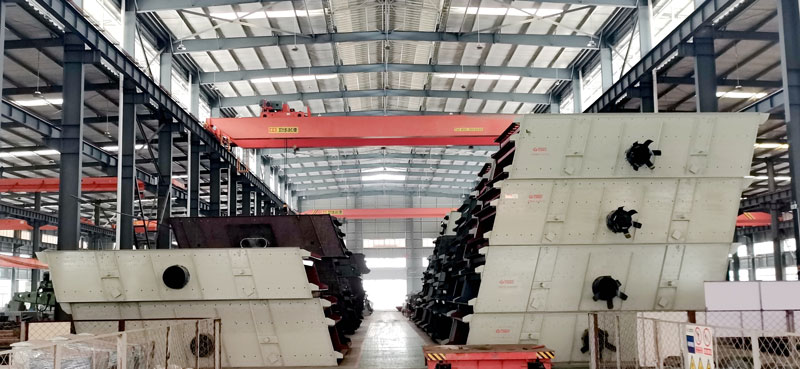
1. Kraanhaak (throat opening, wear, twist, cracks)
2. Wire Ropes / Load Chains (wear, broken strands, kinks, corrosion, lubrication)
3. Brakes (lining wear, proper adjustment, functionality)
4. Sheaves and Drums (groove wear, alignment, cracks)
5. End Trucks and Wheels (alignment, wheel flange wear, bearing condition)
6. Bridge and Trolley Travel (smoothness, alignment, drive components)
7. Electrical Components (contactors, overloads, limit switches – functionality is key)
8. Safety Devices (Upper/Lower Limit Switches, Emergency Stop, Warning Devices)
9. Runway Structure and Rails

Meticulous records are paramount. Inspection reports must include:
1. Date of inspection
2. Crane identification
3. Inspector’s name and qualifications
4. Components inspected
5. Findings (including “No Deficiencies Found” where applicable)
6. Description of any deficiencies found
7. Corrective actions taken (or planned) and dates
8. Inspector’s signature
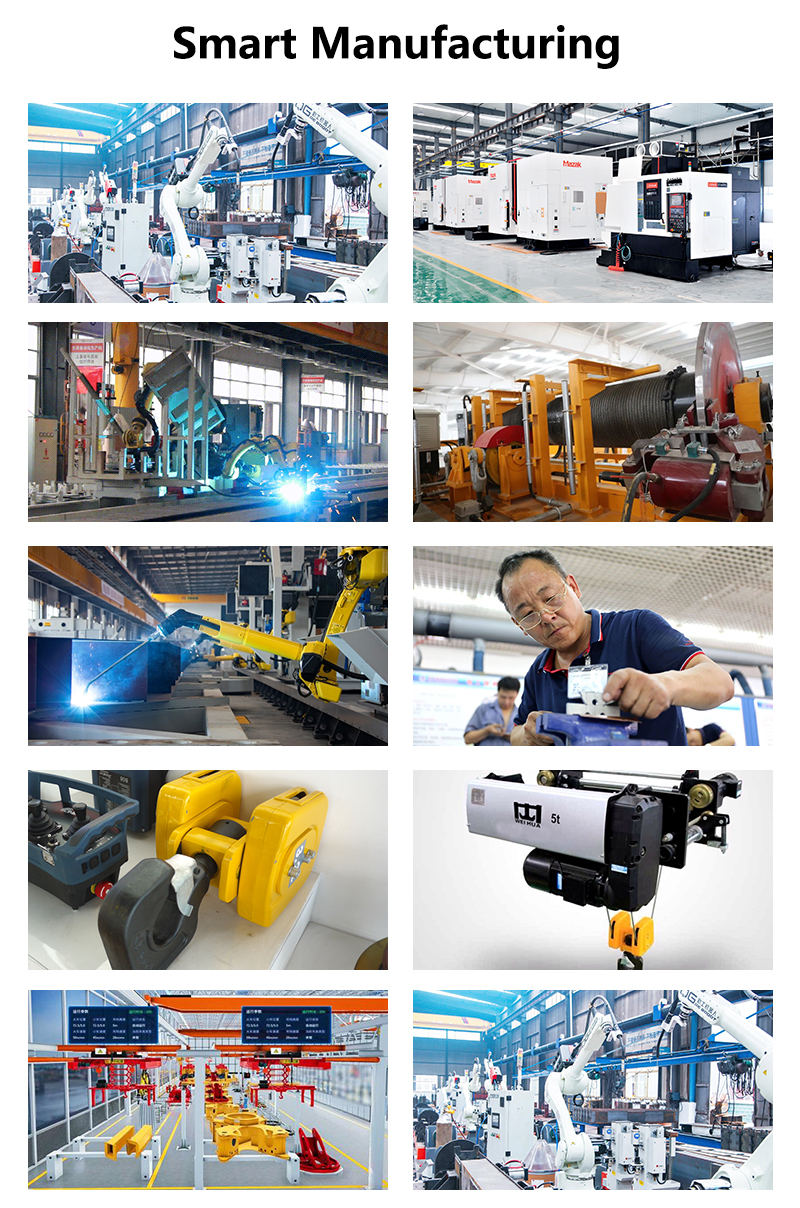
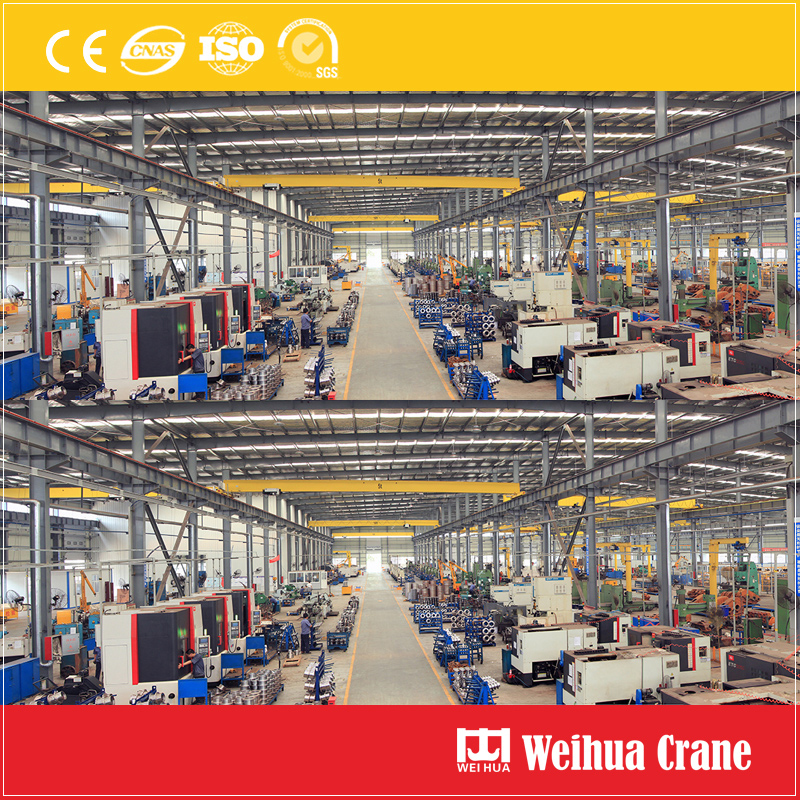
Skipping or inadequately performing inspections is a gamble with devastating potential:
1. Catastrophic Failure: Dropped loads, structural collapse.
2. Serious Injury or Death: To operators, riggers, or nearby personnel.
3. Costly Downtime: Unplanned outages halt production.
4. Regulatory Fines & Penalties: OSHA fines can be substantial.
5. Increased Insurance Premiums: Or even loss of coverage.
6. Legal Liability: In lawsuits following incidents.
Bridge crane inspection requirements aren’t bureaucratic red tape; they are the fundamental pillars of a safe and productive workplace. Implementing a rigorous program encompassing Initial, Frequent, and Periodic inspections, performed by qualified personnel and meticulously documented, is the only responsible approach.
Don’t wait for a near miss or worse. Prioritize your inspections today. Consult the specific OSHA regulations (1910.179), ASME B30.2 standard, and your crane manufacturer’s manuals for detailed, mandatory requirements applicable to your equipment and location. Invest in safety – it’s an investment that always pays off.
Need help establishing or auditing your crane inspection program? Contact qualified crane service professionals today.
Leave your Comment here